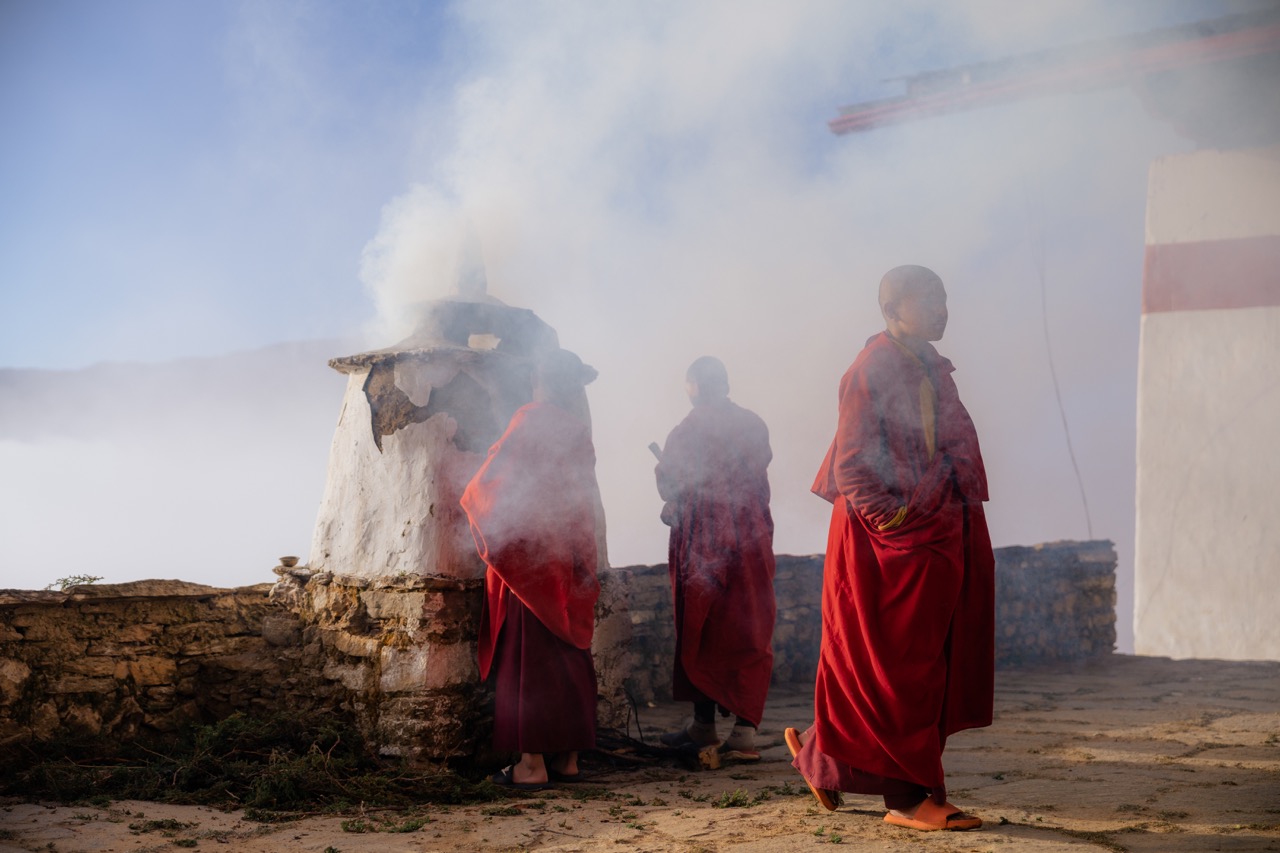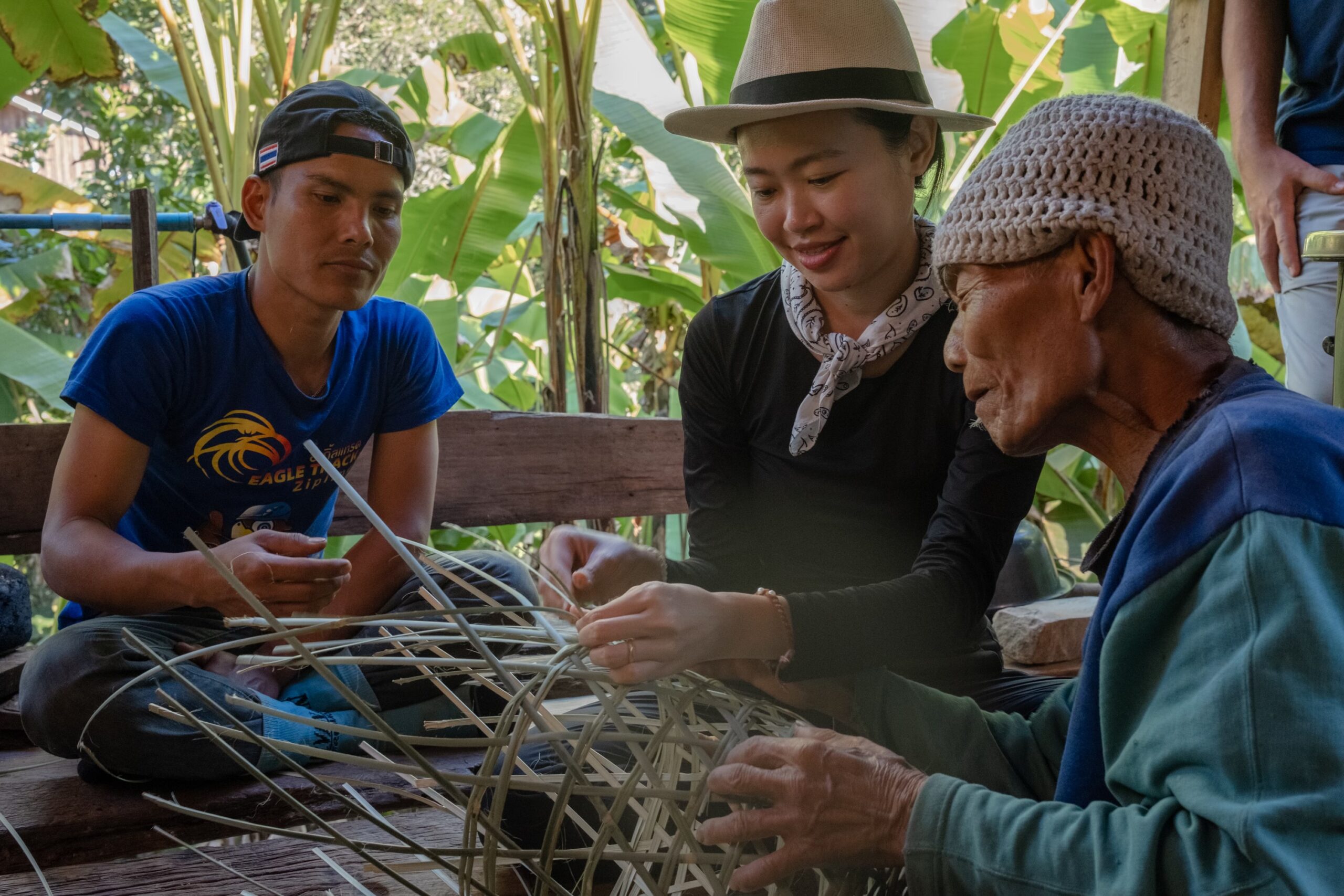In June 2022, Hinoki spent three weeks exploring the country of Albania. From the Dinaric Alps in the North to the Vjosa river in the South, here is a glimpse of what we found.
All photos by Jean Paolo Ty. Words by Bethany Betzler.
It is tempting to introduce a story about Albania with a few sentences about its political past. It would be a convenient synopsis for most, but would do an injustice to the Albanians for me to try to summarize their experiences in a short travelogue. When you are ready to visit yourself, we’ll send you a reading list on Albanian history and politics.
Instead, I’ll focus on what Hinoki is good at–traveling slowly through the country and falling in love with its people, culture, landscapes, and food.
We hope these trip notes give you a meaningful glimpse of traveling through Albania in 2022.
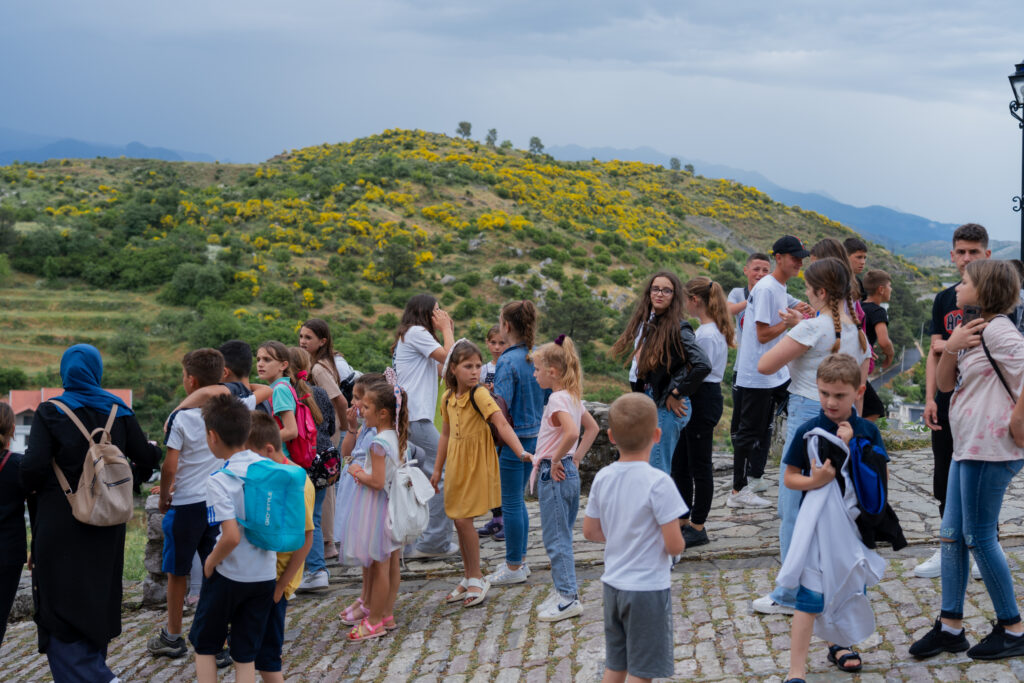
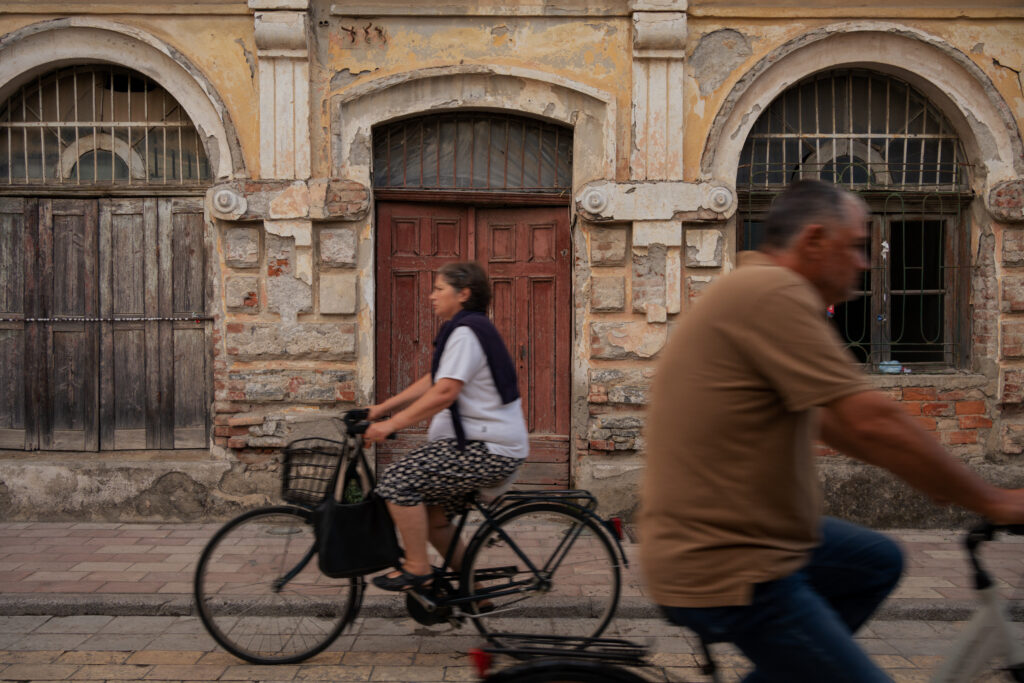
Our journey started in the North of Albania, in the small city of Shkodra. To get a bird’s eye view of the region, we walk up to Rozafa Fortress, an ancient Illyrian site that overlooks Lake Shkodra, and onward toward Montenegro. A crowd of school-kids scuttle past us, eager for their explorations.
Come dusk, as cyclists of all ages made their way across town, we wandered down a pedestrian plaza while locals lingered at cafe tables for early-evening coffee.
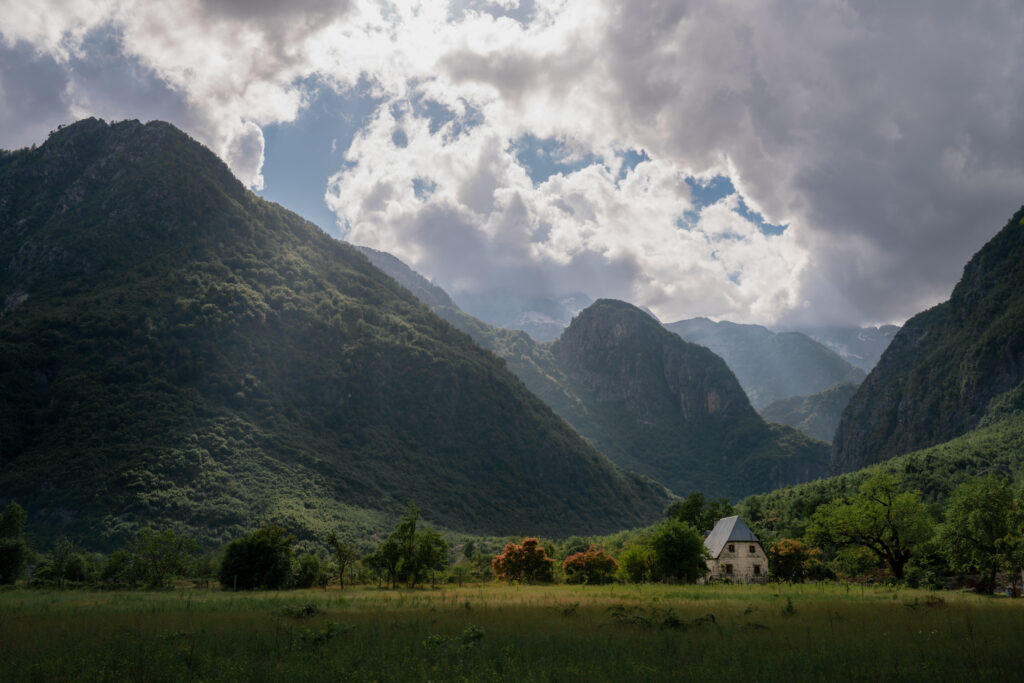
The next day, we drive a few hours to Theth, where we start our journey across the Dinaric alps. Theth, while crowded with hikers in the summer, is a beautiful small village. Being among so many other hikers is akin to summer camp, but once we head out onto the trails, the serenity of the wilderness calmed our senses. Even as Hinoki centers our destinations on lesser-known areas, it is still worth a visit.
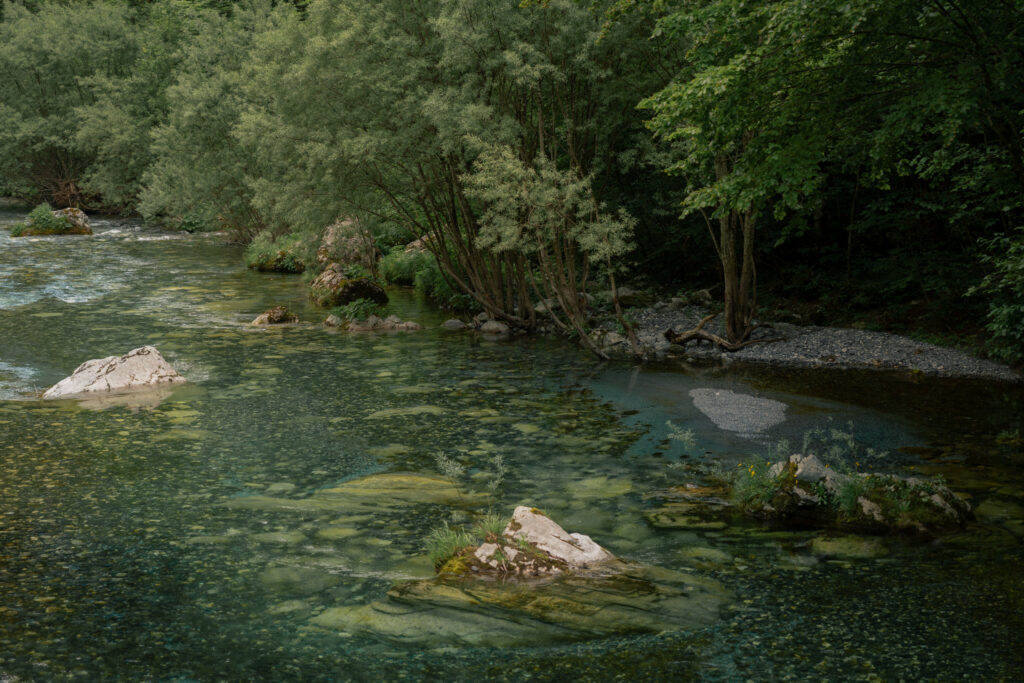
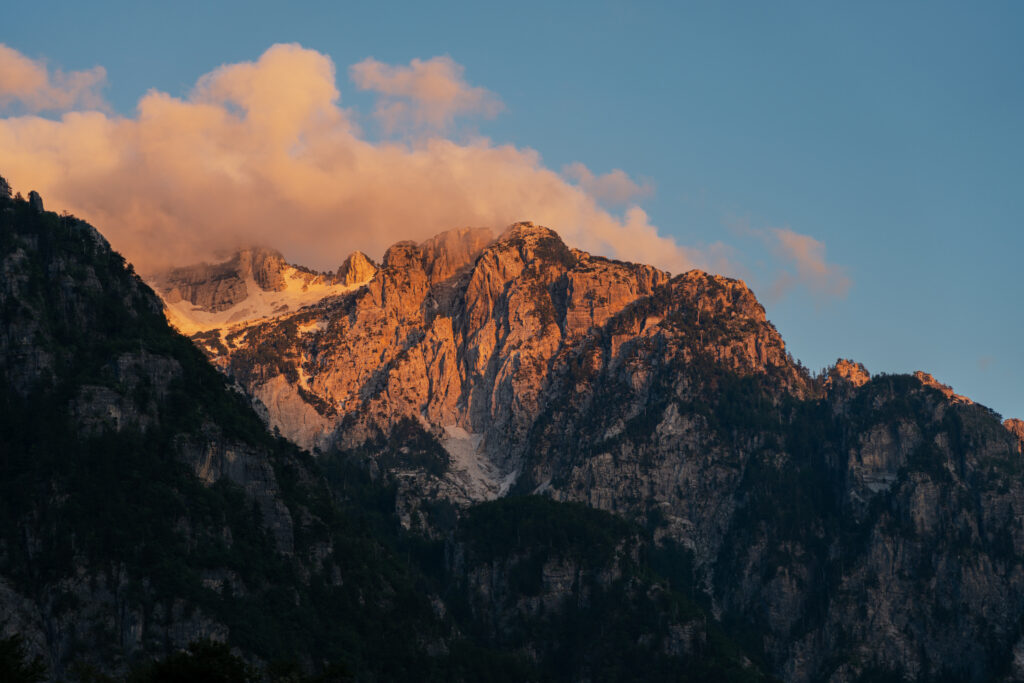
From Theth, we journey by foot to the valley of Valbona. In a day’s hike, over the Valbona Pass, you can reach the Valbona Valley. It’s a striking segment along the Peaks of the Balkans trail, and accessible (with the help of a guide) for less experienced hikers.
Our Albanian guide, Loren, is a professional mountaineer and climber, whose first-hand insights about the alps and passion for Albanian mountaineering leads us to imagine higher, steeper, and more treacherous adventures for the future. But today, the goal is simply to reach Valbona before dark. The idea feels a bit foreboding, as just one week prior there were two hikers who died attempting to cross a snow field along the same trail. Fortunately for us, Loren came prepared with ropes, an ice ax, and common sense. We didn’t need the ropes and ax in the end, but Loren’s professionalism gave us peace of mind. Many other hikers turned around.
We reached our home for the night in the late-afternoon and settled in for a cozy feast. While Albania’s agriculture is typically verdant and abundant, options in the alps can be scarce. Appreciating its simplicity, we eat homemade bread, cheese, honey, jams, nourishing soups and hearty side dishes.
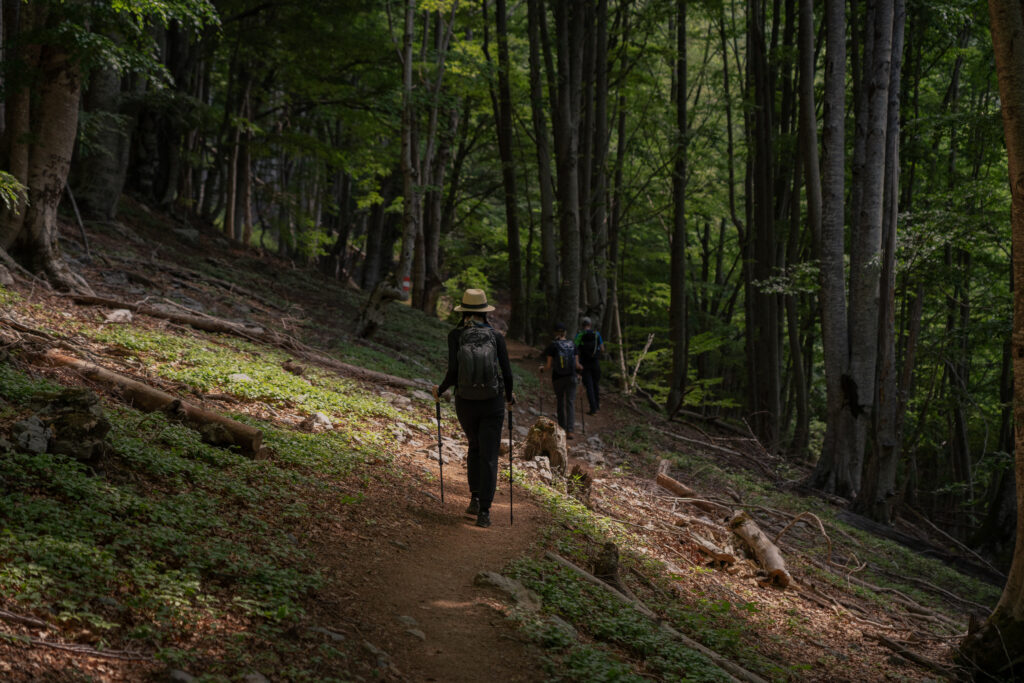
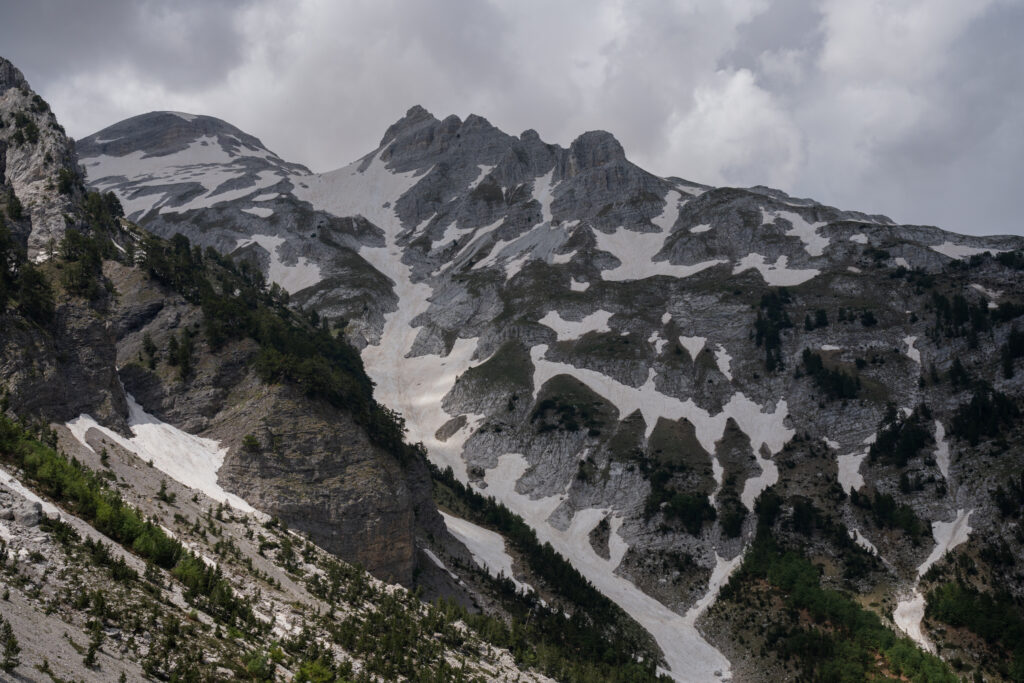
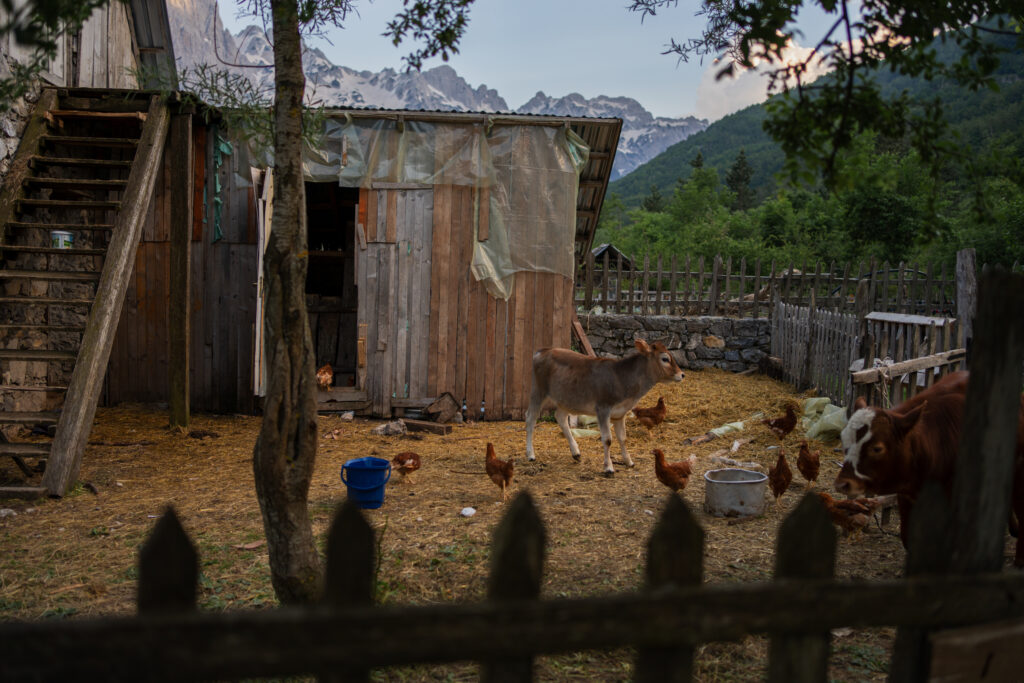
The next day, we set out on a steep-ascending hike to a remote shepherd’s hut based high up in the mountains. From the moment we stepped onto the trail until we descended at the end of the day, we saw no one else.
With the surrounding views of jagged peaks along the horizon and tiny wildflowers flourishing in the alpine meadows, this unhurried hike left me with a feeling that will stay with me for a long time.
Up there, a quiet stillness emphasizes the power and energy of these mountains. It reminds me of Zen master Thich Nhat Hanh, who said that peace can be found in every step, and in every breath.
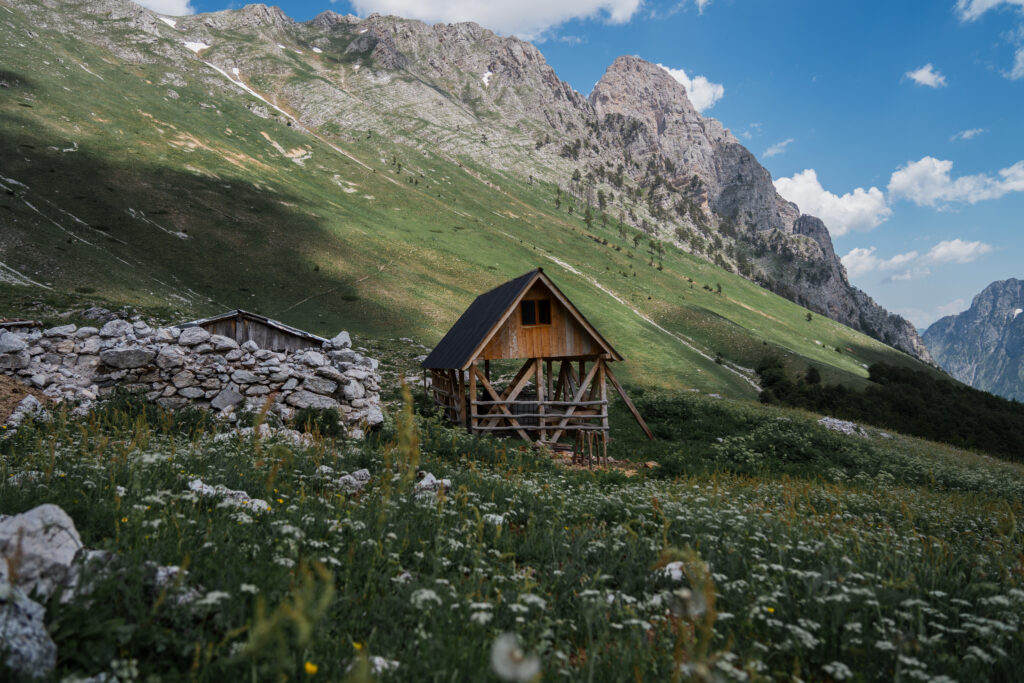
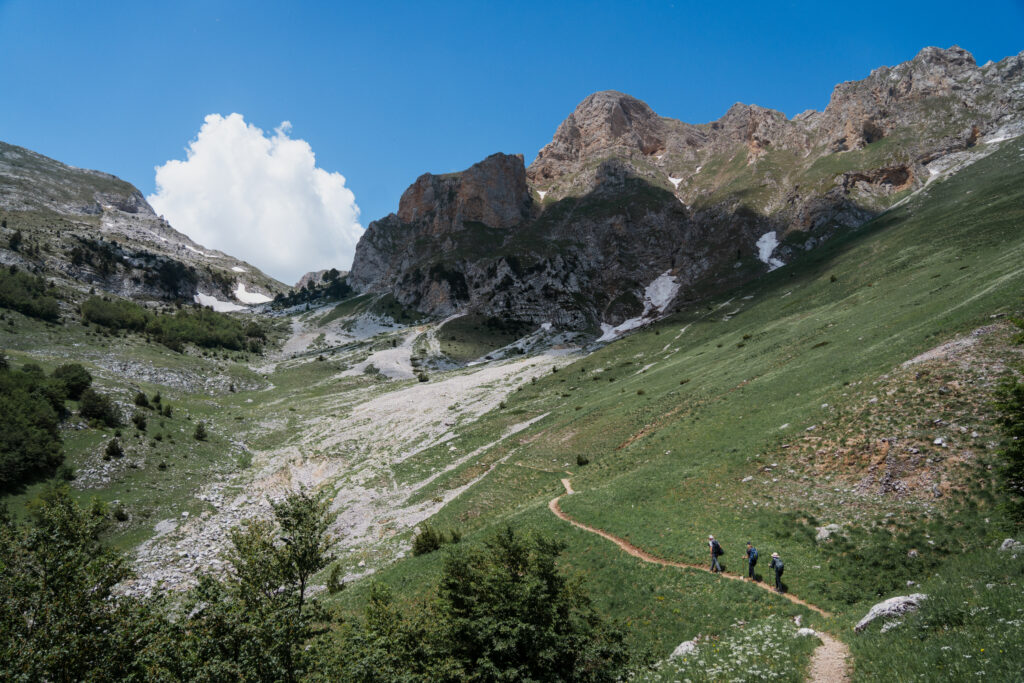
In a few hours’ drive, suddenly we’re at a pier waiting to take a public ferry. The ferry itself is basic but the scenery was stunning and again so different from where we started our day in the alps.
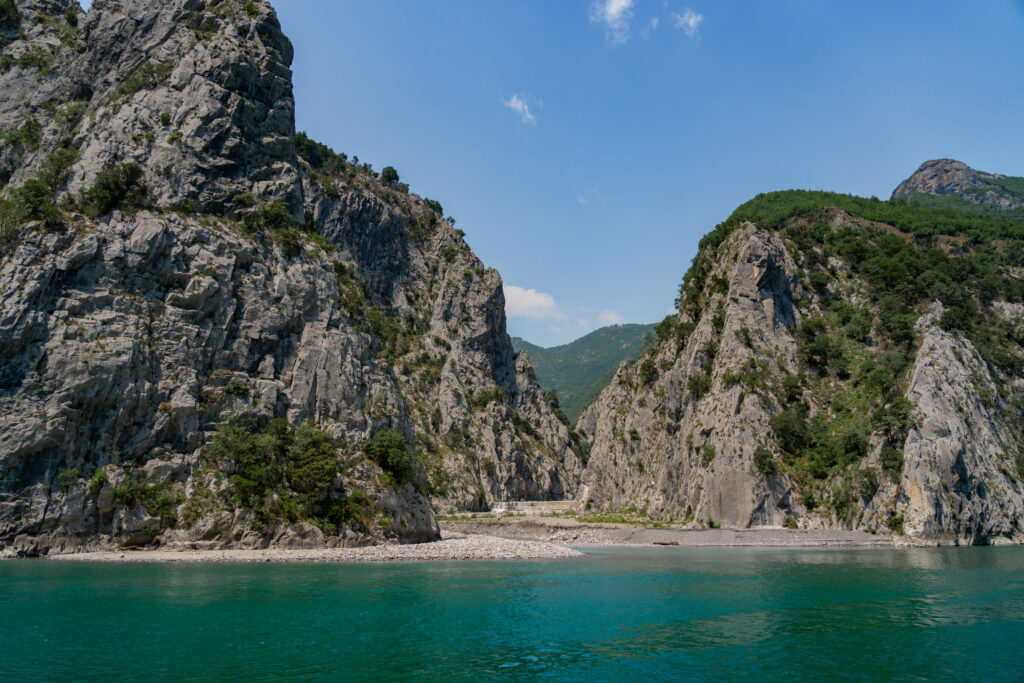
The ferry travels along the Koman Lake for about 90 minutes, and then briefly pulls ashore to drop us off at the foot of a hill. On top of the hill sits five wooden cabins, where we will be staying the night.
The cabins each overlook the lake and it would be easy to just sit and stare out for awhile, but there is more exploring to do. A short but rugged hike brought us over to a small village, where we encountered many goats, a few pigs, and a couple of people.
For dinner, we ate fresh fish and cherries pulled straight from the trees behind the cabins. Raki, bread, cheese–everything on the table all made onsite.
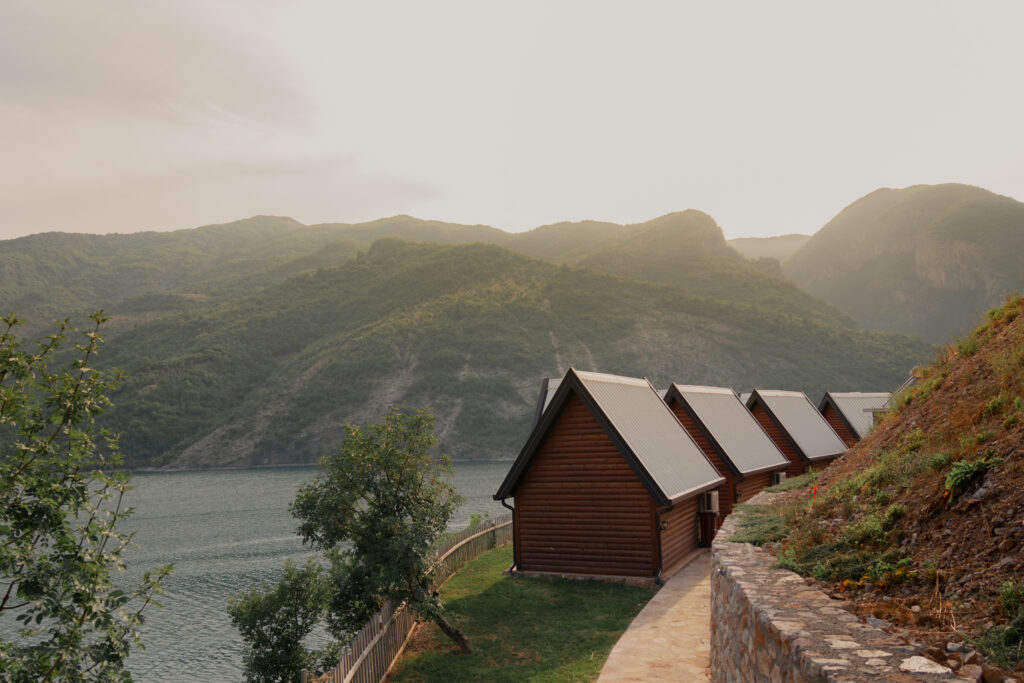
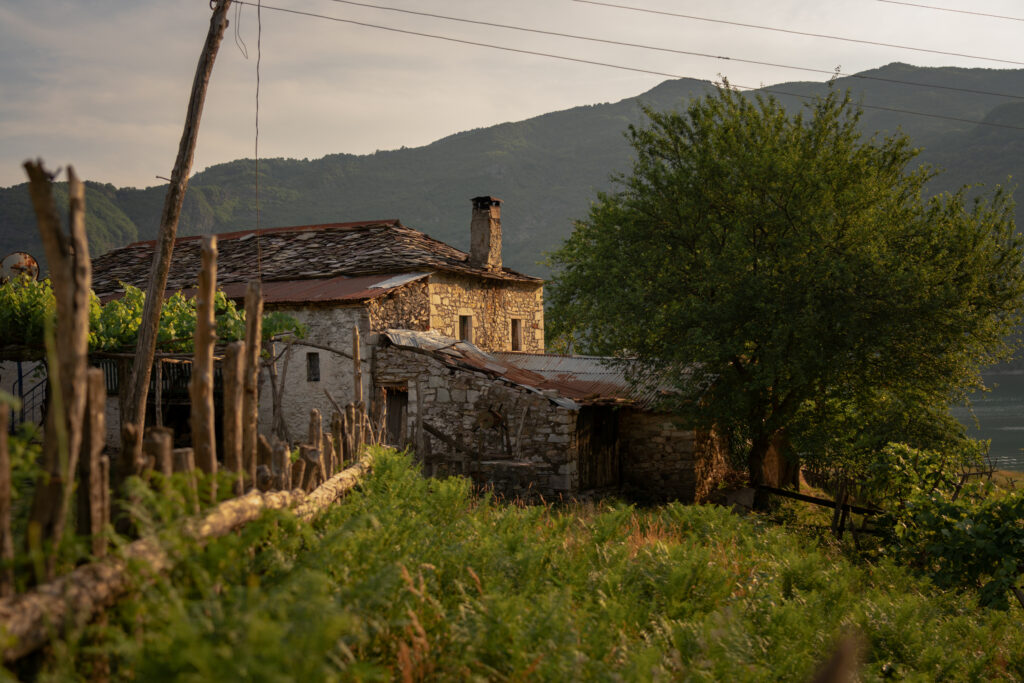
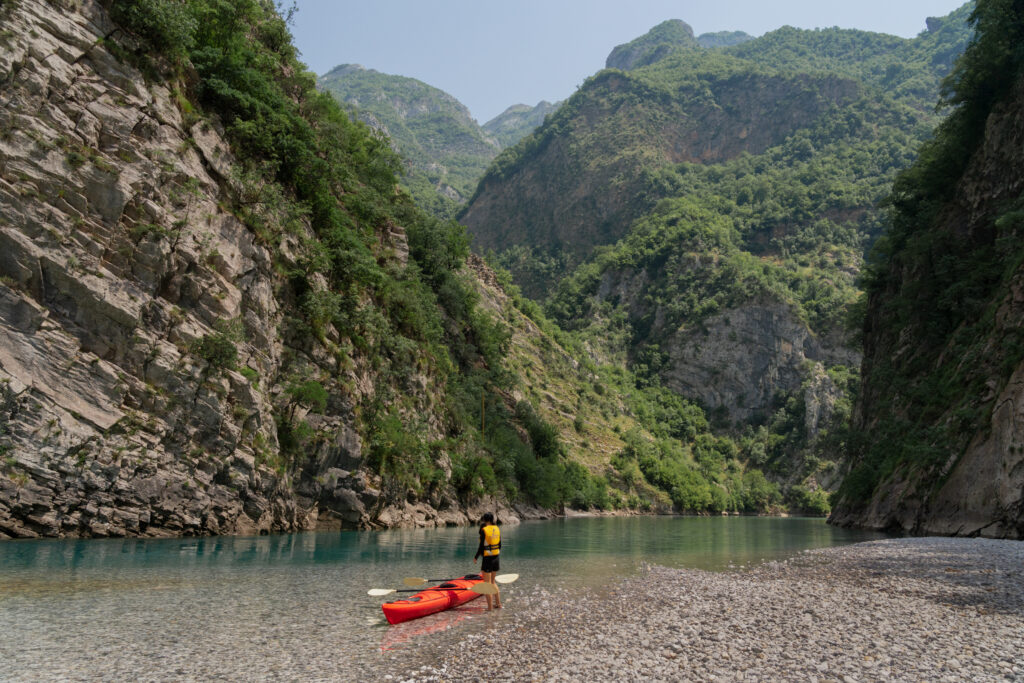
The next day, we take the ferry toward the opposite end of the lake and drive toward Fishtë.
We’re staying for two nights at Mrizi i Zanave, which is possibly Albania’s best agrotourizëm destination. Created by the Prenga brothers on family land, they restored a farmhouse into a modern guesthouse, and repurposed a nearby prison yard into a small production center to bring cheese, wine, and preserves to life–all made with the produce of their own fields and orchards. Albania has been eager to promote its slow food movement, with Mrizi leading the way.
Many Albanians come to dine here, but in the spirit of slow travel, it is special to stay the night. The guesthouse is cozy and peaceful. When I wake up with the sun, I go for a walk and enjoy the golden rays streaming through the vineyards. Later that day, we are the guests of a local shepherd and his wife, who treat us to a private picnic under the olive trees where they graze their livestock. With our guide translating, we swap jokes and stories while sampling the abundance of home cooked food that Tony and Lucia have placed before us on a red blanket. At dusk, we head to their house for coffee, and wine.
It has been said that when one consumes good food or wine, one tastes the land it was harvested from. This is especially true with the food we have had in Albania. As Albania begins to receive more visitors, this provenance should be one of the main things that travelers should seek.
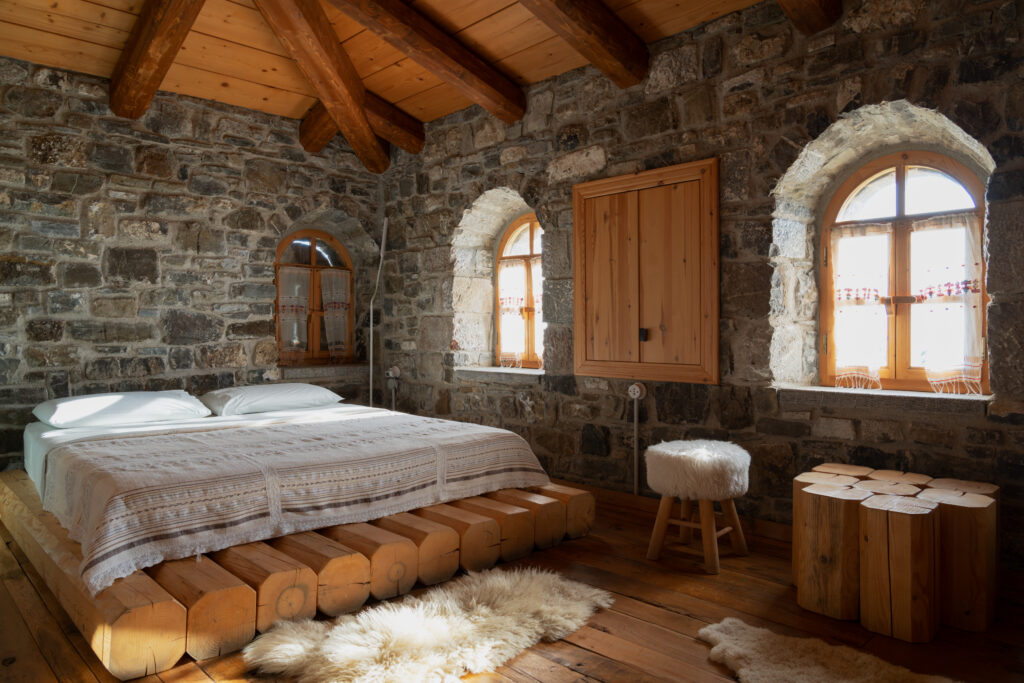
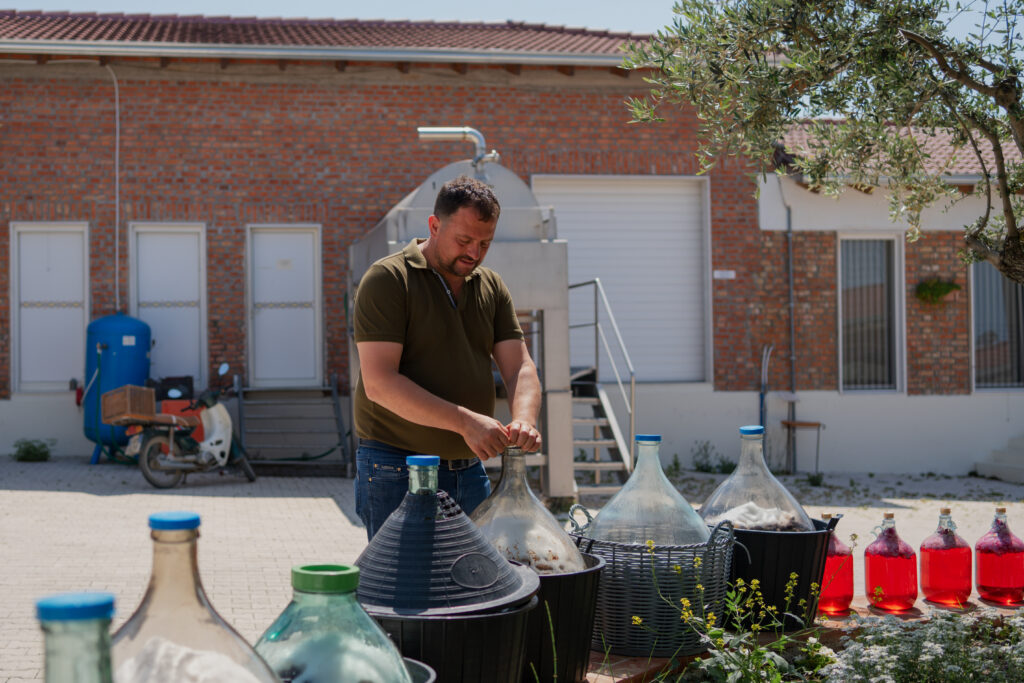
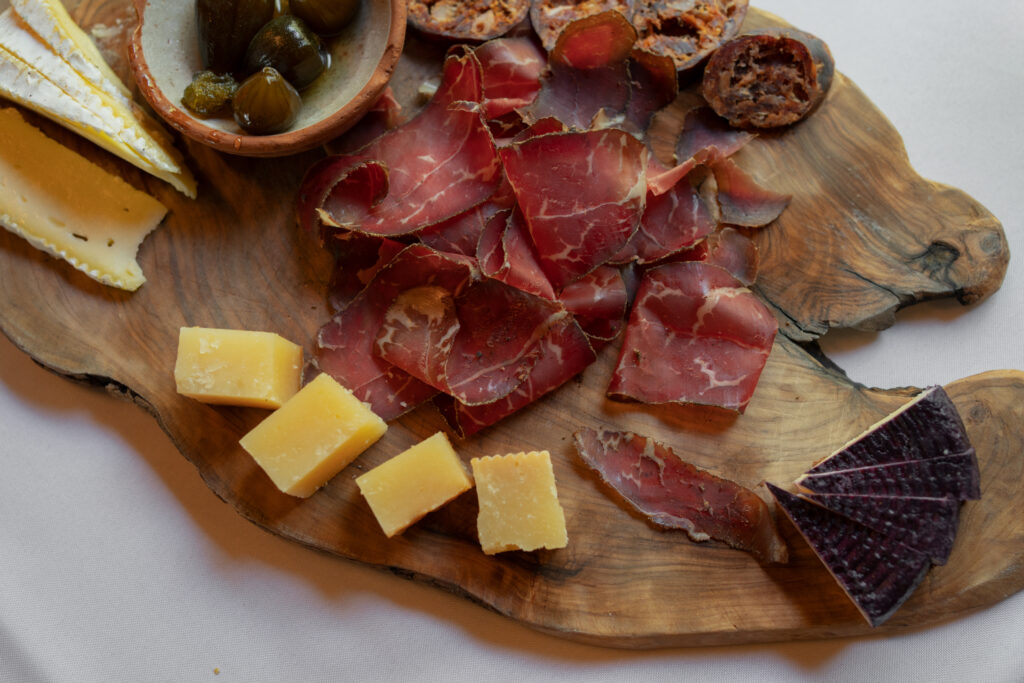
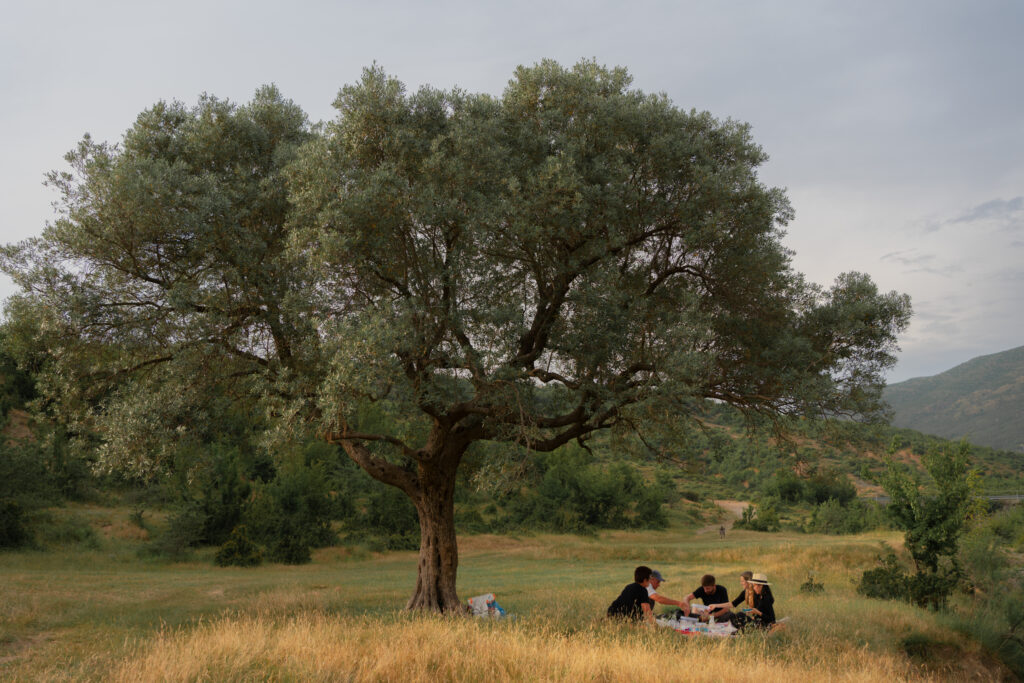
Driving from the north toward the south toward the town of Permët, we meet the Vjosa river. The Vjosa is considered Europe’s last wild river, and citizens across the Balkans are actively defending it from hydroelectricity projects.
As Hinoki dedicates proceeds from every trip to a land or waterways protection project, we have selected the Vjosa River for Albania.
On our first day in the country, we had met with Olsi Nika, who leads EcoAlbania, an Albanian organization heading up efforts to preserve the Vjosa as a Wild River National Park. Where Olsi gave us the scientific facts, visiting Permët gave us an emotional connection to the Vjosa. We ate fish from the river, drank from its streams, dined alongside the river, and rafted its gentle rapids.
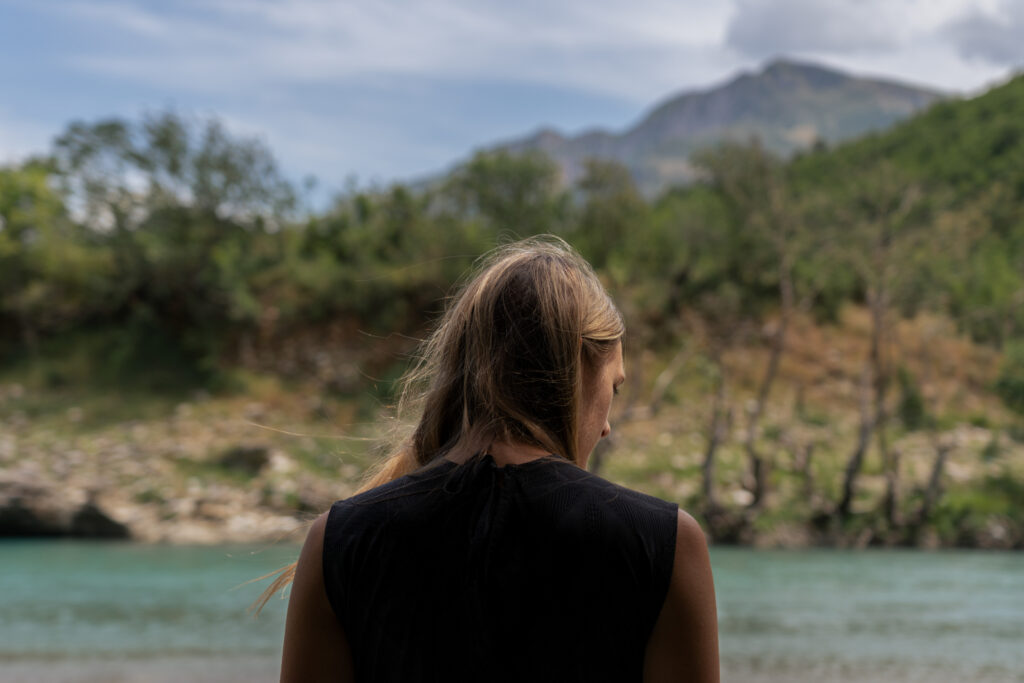
The town of Permët is small and walkable. With a population of ~6,000, it feels like a village. Recreational activities like rafting, hiking, and climbing could keep you active here for weeks.
On one of our mornings here, we rose early and visited the thermal baths near Langarica canyon. The baths have potential, likely in the cooler spring or fall months when the water feels warmer by comparison and there are fewer tourists. Otherwise, I would be content to skip them and head straight across the rocky shores of the canyon floor and go exploring. It’s further in where the real serenity lies. Go early, and go in the off-season, to experience this place peacefully.
Embracing slow travel sometimes means practicing patience.
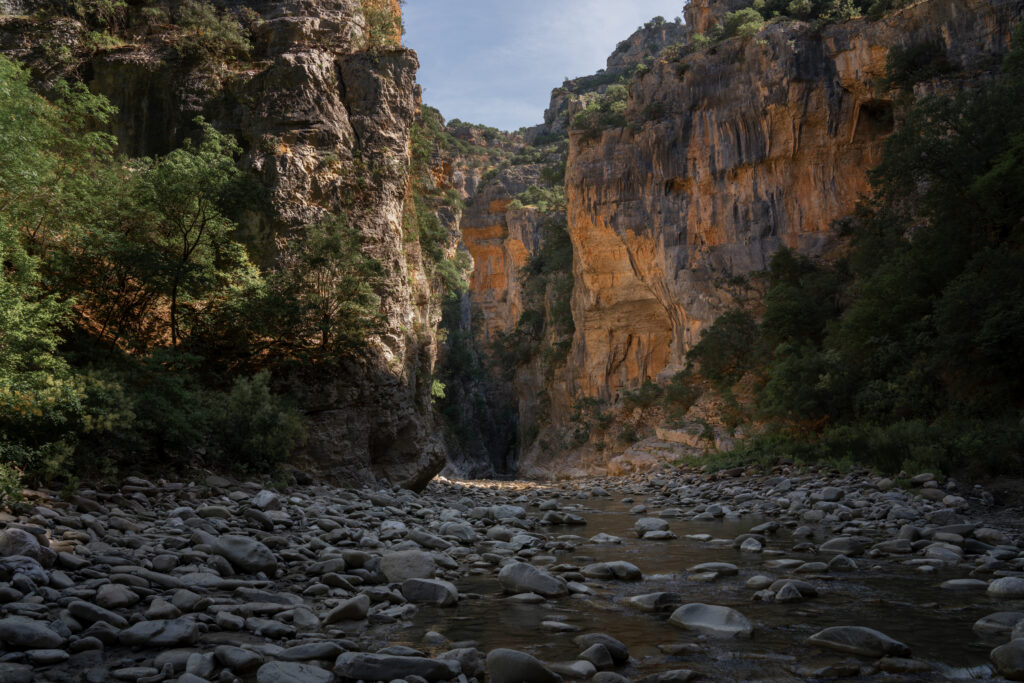
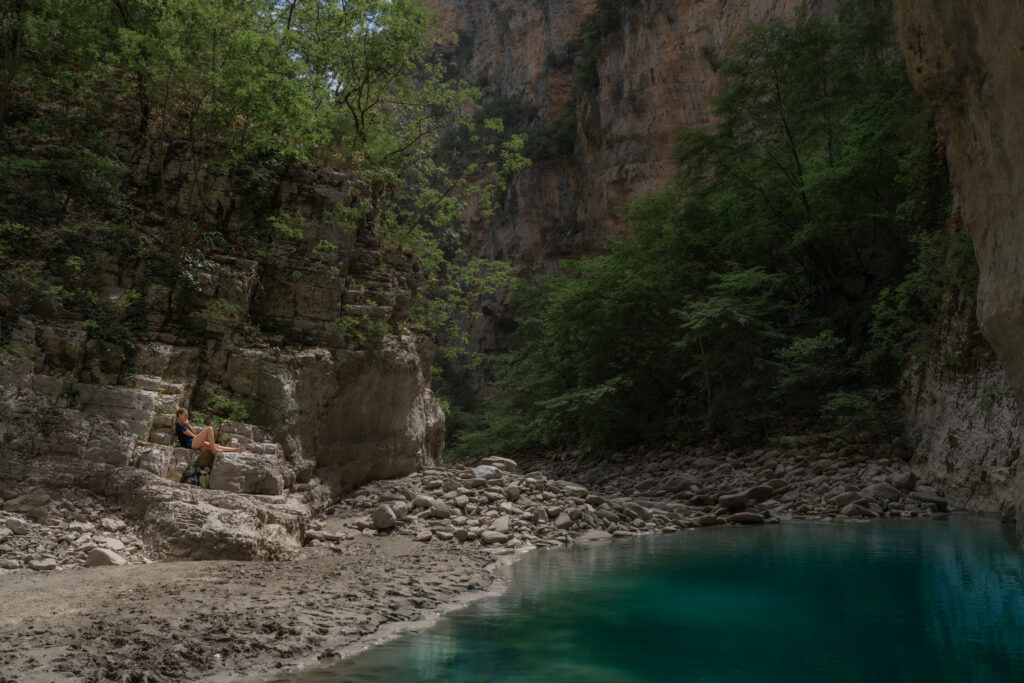
From Permët, we ventured south toward and spent one night at a mountain shepherd’s hut. We wanted to go more remote, and learn about how (sheep) dairy is processed.
To say that we were immersed would not be an exaggeration, as we joined a milking session in the pouring rain, our boots in fields flooded with excrement.
Yet, there is something affective and visceral here. In this valley, the sounds of bells and herding whistles echoed. The shepherd’s hut is eerily isolated, which adds to the overall intensity of the ambiance there. It was beautiful and haunting. It is not for everyone.
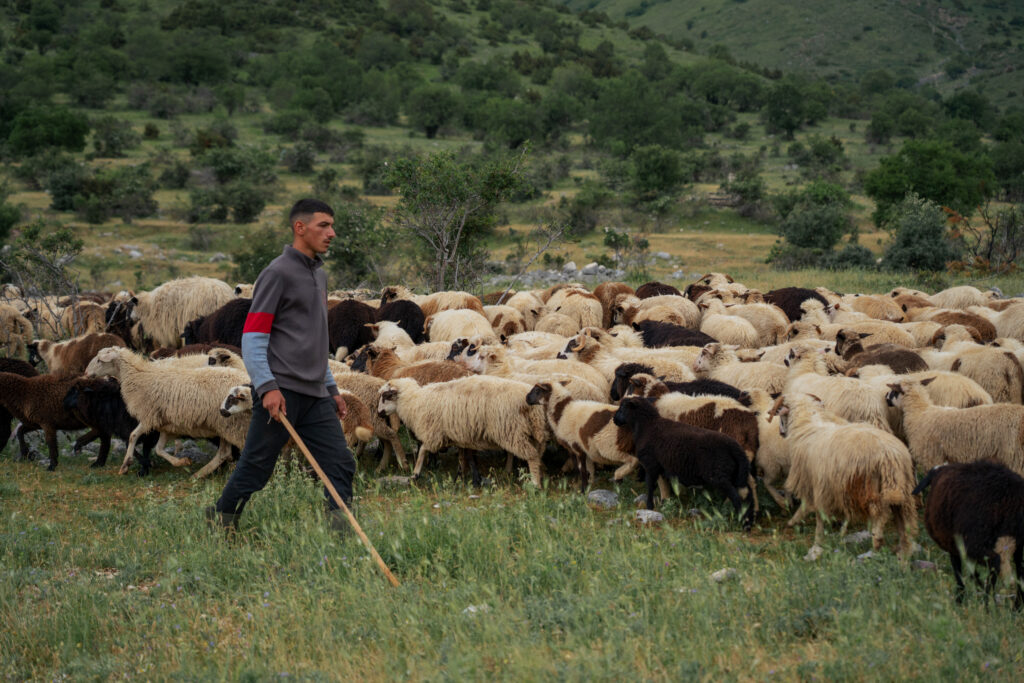
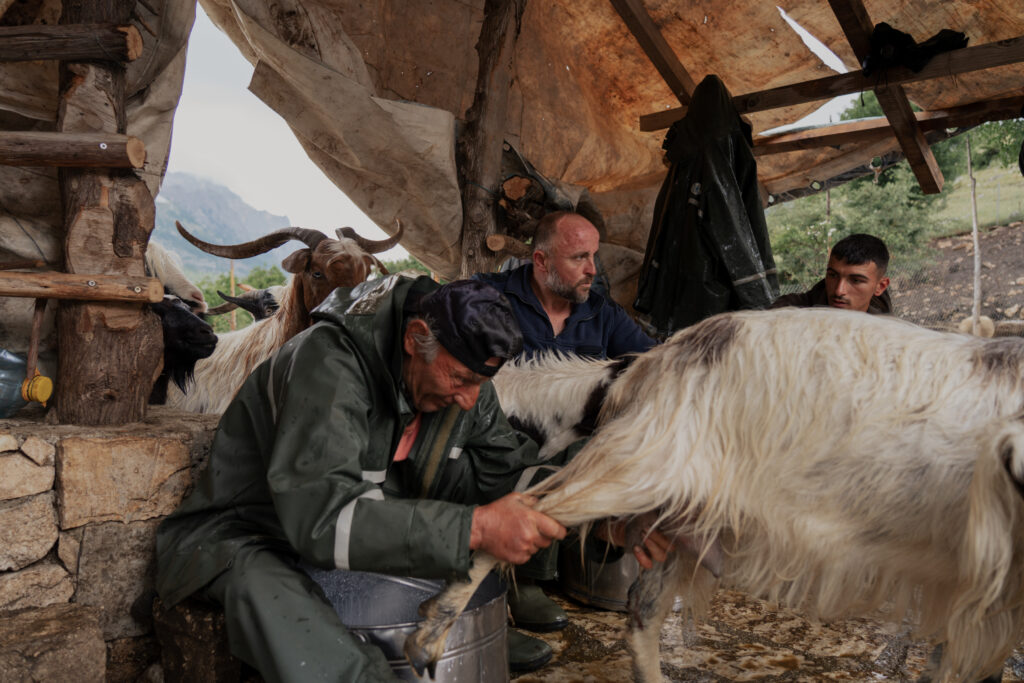
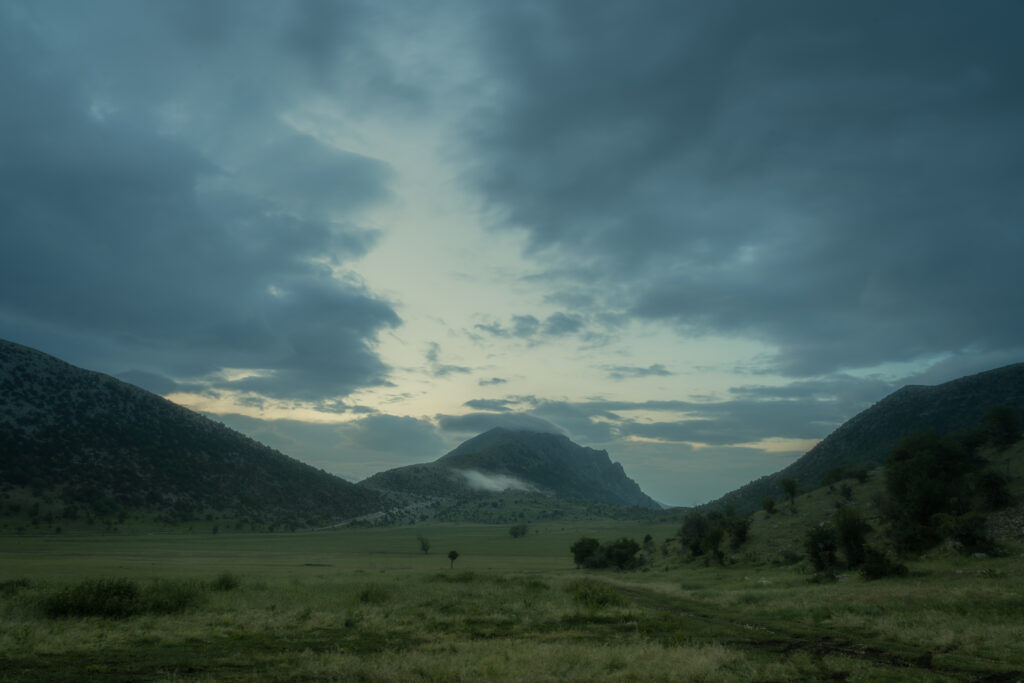
When we arrived in the city of Gjirokastër the next day, we can’t help but feel the contrast of its colorful & cordial streets in comparison to the shepherd’s hut. It’s this variance in experience that makes Albania feel so dynamic.
We strolled its market streets, and spent some time learning the history of its origins and how the residents lived at the time of Ottoman rule.
Much of the town center is composed of shops that sell the usual trinkets, but a few notable craftspersons can be found. We visited a woodcarver with his own shop, and sipped coffee with a group of women who roast and brew traditional Albanian coffee at the quiet end of a main street. You’ll find them entertaining guests on the cobblestones in front of their shop. Through taste and storytelling, they offer educational experiences to preserve traditional Albanian craft.
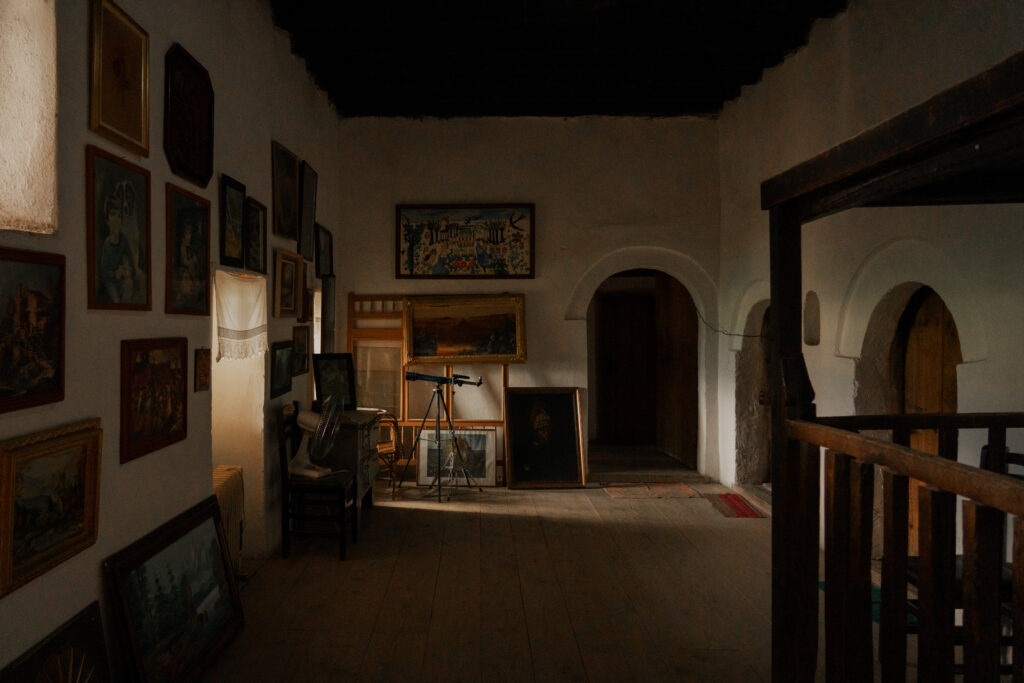
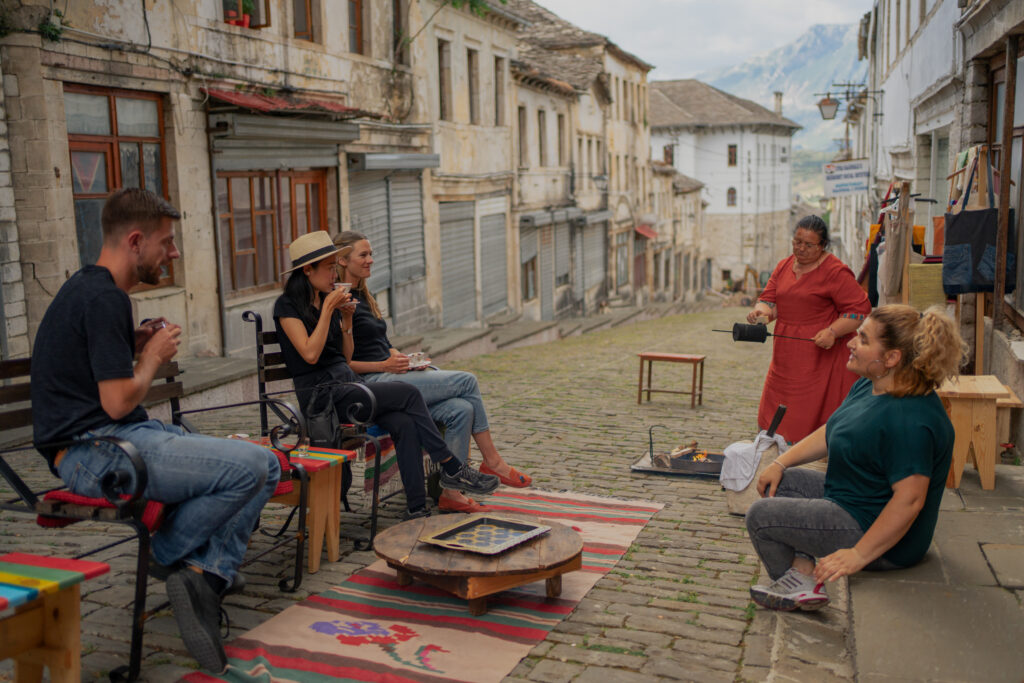
Since we were here to seek the rural and remote places, we drove the next morning to a small farm run by a lovely couple, Lola & Miri.
Over the course of a couple of nights, we cooked together, ate together, drank raki, and enjoyed the warm hospitality that Albania is becoming well known for.
During the day, we ventured out on hikes, and visited a Bektashi teqe (temple), where we spent a couple of hours asking questions of the Baba there. The Bektashi are a rather relaxed sect of Islam that are unique to Albania. The Baba spoke in poetic terms about life, the universe, and his role in the community, where even Orthodox Christians come to garden with him.
Religious and cultural harmony seems to be the norm here. That, and not taking oneself too seriously. On our final night in Albania, Lola & Miri giggle and snicker as they recall a recent trip to the beach where they dressed up in costume and staged a small scene, as a light prank to everyone there.
Hearts and bellies full, this is how we want to travel everywhere. Albania makes us feel at home.
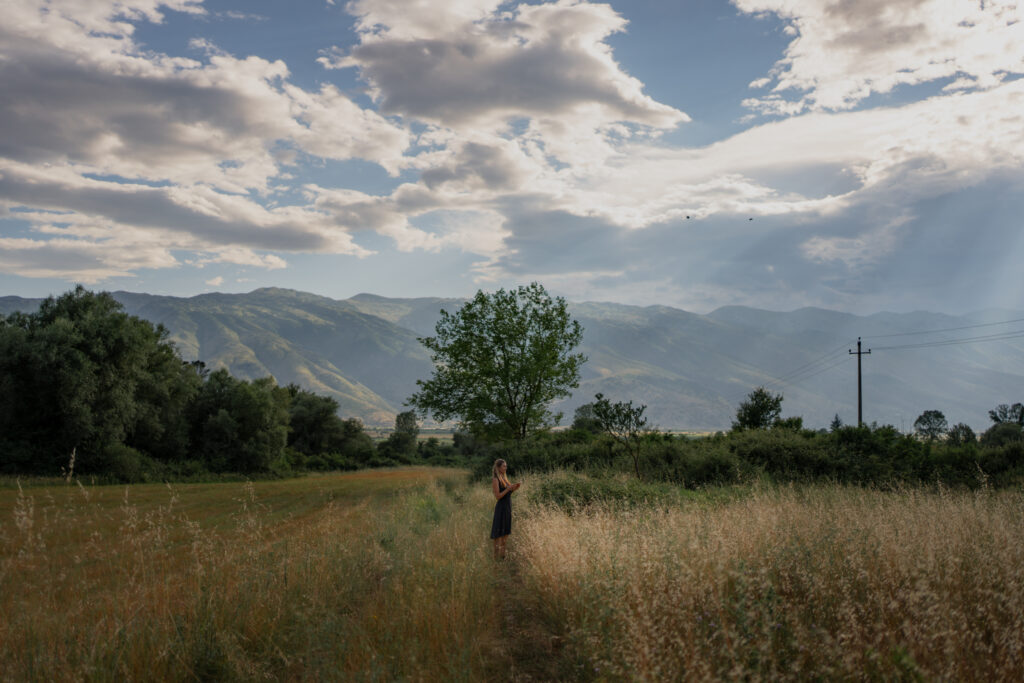
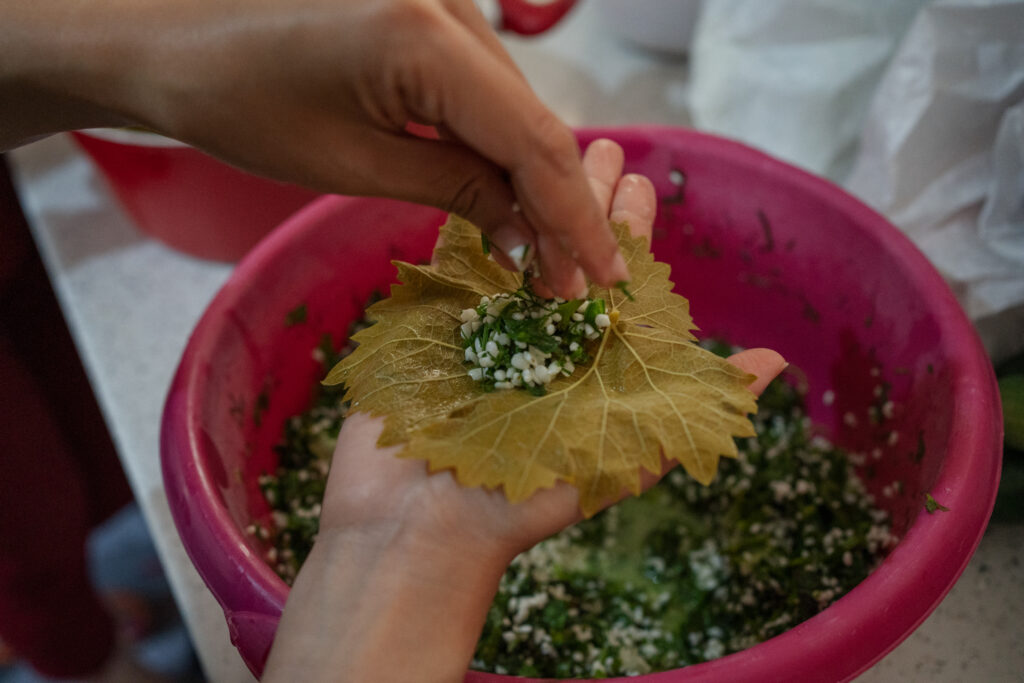
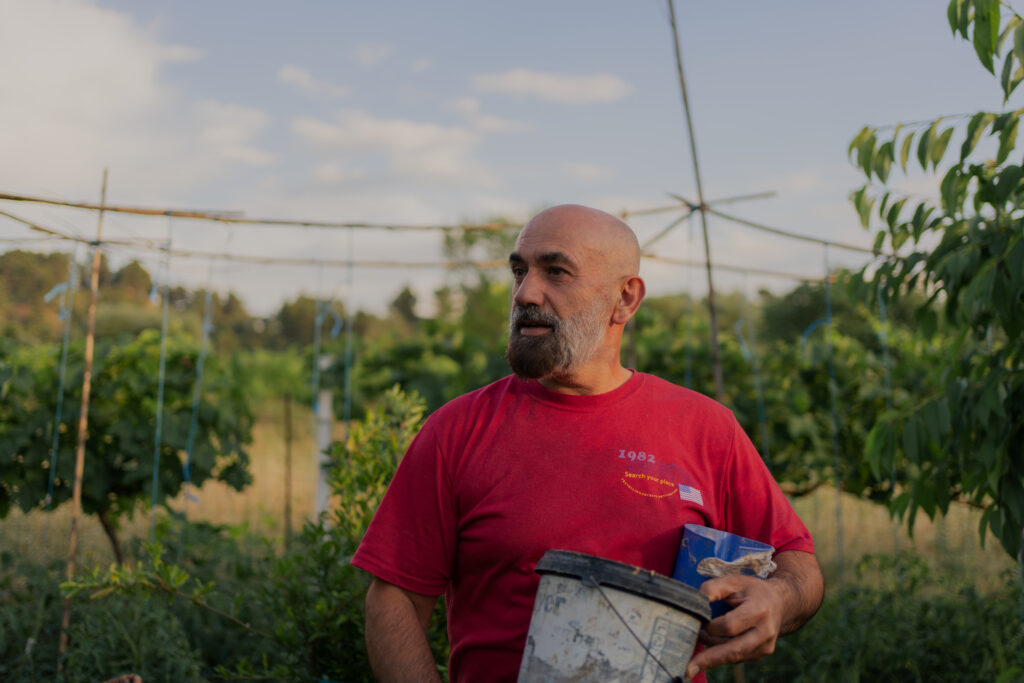
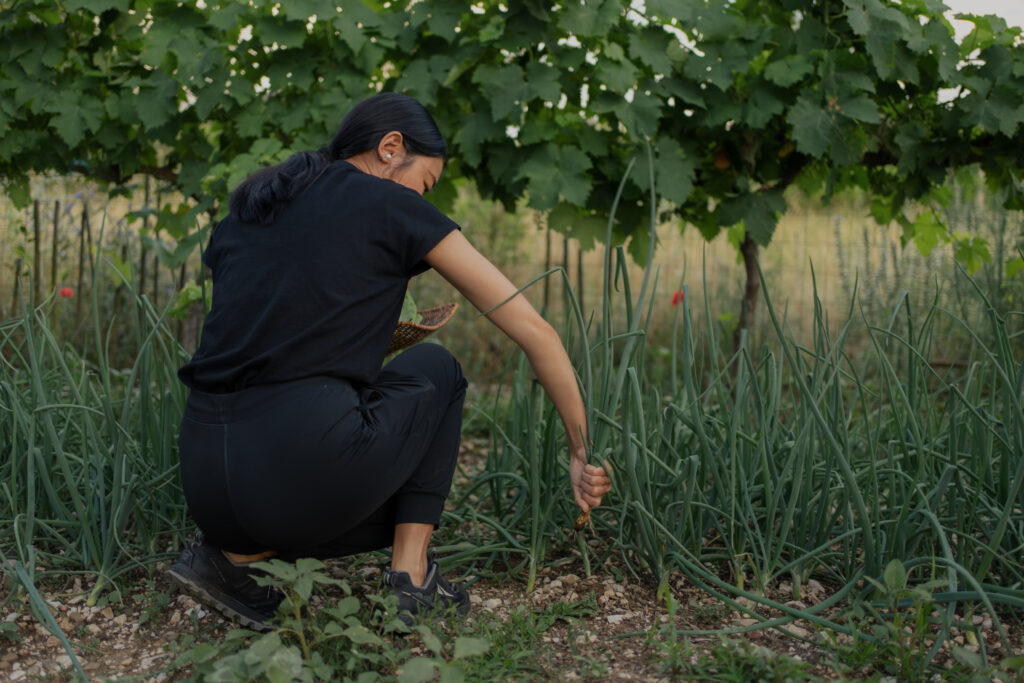
Hinoki offers both small group and private trips to Albania. To learn about upcoming trips or to plan your own, contact us.

